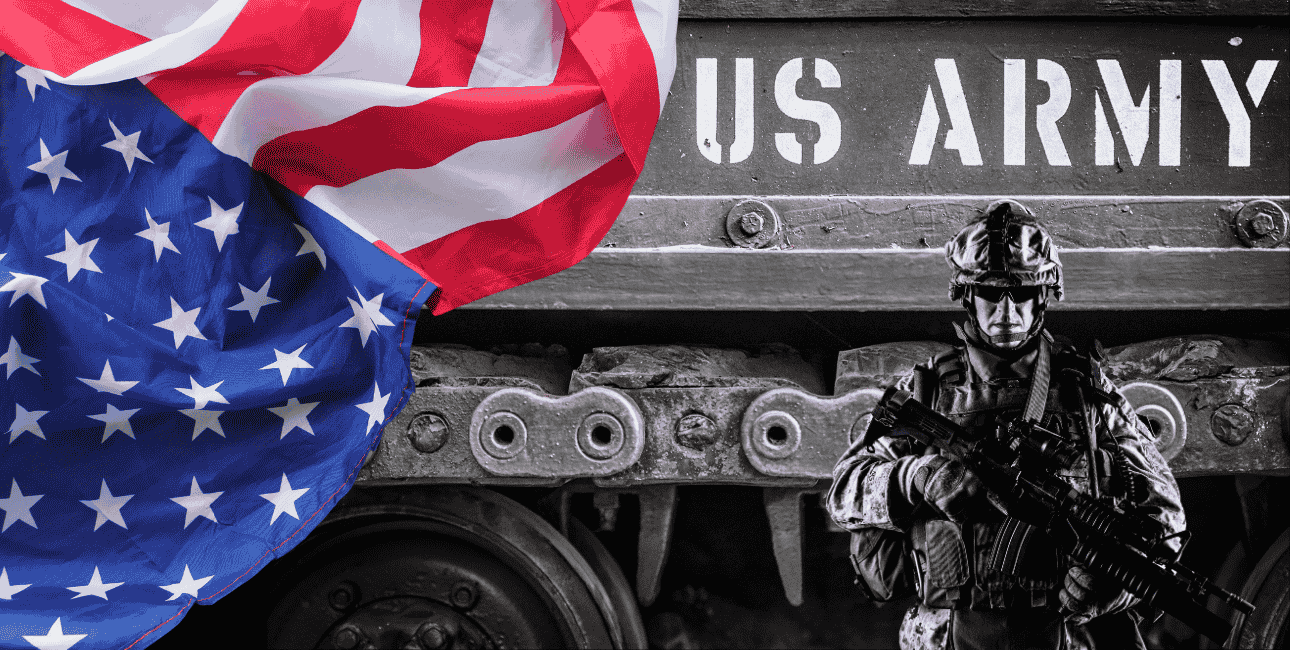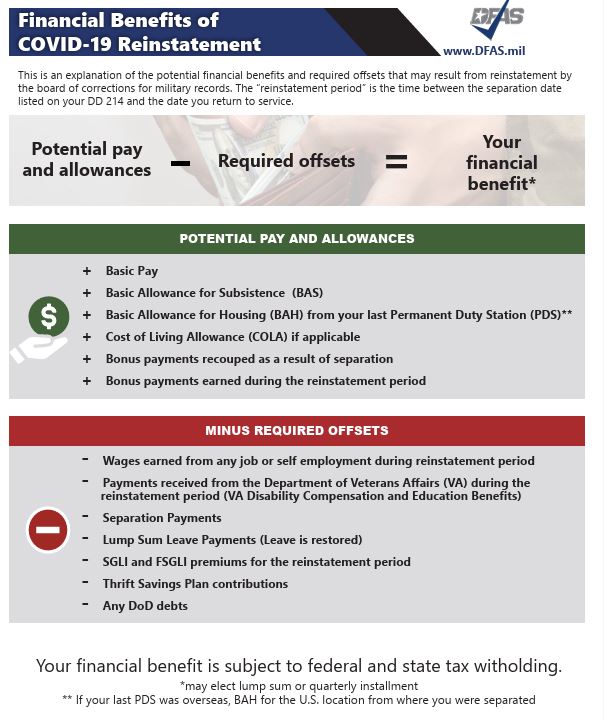In a change of fortunes for over 8,000 US troops who were involuntarily discharged for refusing to get the COVID-19 vaccination, the Pentagon is now going out of its way to woo them back to the service.
The US Department of Defense (DoD) has started sending official ‘apology letters’ to these people and offering them reinstatement at the same rank and pay, with a provision of full back pay as well.
Under this policy, the US Army has already reenlisted more than 23 soldiers who were discharged for refusing the COVID-19 vaccine. Three people rejoined active duty Army service, and more than 20 returned to either the National Guard or the Reserve, the US Army said in a statement.
The other services of the US defense forces have also initiated processes to welcome back these former service members. The Marine Corps, Air Force, Army, and Navy set up new websites last week to provide information for service members looking to reenlist.
In the coming days, the US DoD will send letters, emails, and phone calls and utilize social media campaigns to publicize the government’s efforts to welcome these people back into service.
“This outreach extends beyond letters to include emails, phone calls, website resources, and social media posts, ensuring every affected individual is informed of their opportunity to return,” the US DoD said on its website.
The Vaccine Mandate In The US Military
In August 2021, the Pentagon made the COVID-19 vaccine mandatory for all service members, including those in the National Guard and Reserve. Then-Defense Secretary Lloyd Austin argued the mandate was critical to keeping U.S. forces healthy and ready to fight.

However, the US Congress formally repealed this vaccine mandate in 2023. By then, more than 8,700 service members had either left voluntarily or were coerced to leave due to the mandate.
On January 27, 2025, the newly elected US President Donald Trump signed an executive order to “reinstate service members who were dismissed for refusing the COVID vaccine, with full back pay and benefits.”
Calling the dismissal of over 8,000 service members as “unfair” and “an injustice,” a fact sheet issued by the White House along with the executive order said: “In spite of the scientific evidence, the Biden Administration discharged healthy service members—many of whom had natural immunity and dedicated their entire lives to serving our country—for refusing the COVID vaccine.”
The executive order further said that these dismissals negatively impacted the recruitment efforts for the US military.
“Such dismissals likely had a chilling effect on recruitment, with the Department of Defense missing its collective recruiting targets by around 41,000 recruits in FY2023,” it said.
Though these service members were allowed to return to the US military after the vaccine mandate was repealed in 2023, “only 43 of the more than 8,000 troops dismissed elected to return to service under the Biden Administration and Secretary Austin.”
The lackluster efforts by the Biden administration to welcome back these former service members and the issue of the back way were some of the main reasons why not many were interested in returning to the US military.
Now, with DoD apology letters and Trump’s promise of full back pay and benefits, with an easier medical screening, the Pentagon is hoping that many more will return to join the service.
“There should have never been a [COVID vaccine] mandate. That should have never happened…we’ve lost some of our best people in the military. (We) will rehire every patriot who was fired from the military with…backpay. They will get their backpay…” Trump has said while criticizing the vaccine mandate.
Despite Apology Letters & Back Pay, Why Former Service Members Are Not Returning
The number of former troops returning to the military, even after the promise of back pay and an easier medical screening process, has been low. Last week, some 23 service members re-enlisted in the US Army. The Associated Press reported that around 400 soldiers have expressed interest in returning to the Army, with about 100 in the application process.
One reason is that many of these people have moved on and have advanced in their civilian careers.
Also, for those who do pursue returning to service, “the process could take several months,” Tim Dill, the Defense Department’s acting deputy undersecretary of personnel and readiness, said, citing an “administrative process that needs to happen.”
Returning service members also need to meet medical retention standards. There is still some dissatisfaction with how the back pay will be calculated. The final back pay amount would be considerably lower than what people initially expected when Trump promised full back pay.
According to the Navy documents, “any wages earned from any job or self-employment during the reinstatement period” will be deducted from the back pay. Further, the final back way will be calculated after deducting the “Payments received from the Department of Veterans Affairs (VA) during the reinstatement period (VA Disability Compensation and Education Benefits)” and the “separation payments.”

This final figure would be paid out in a lump sum or quarterly payments, subject to federal and state taxes.
Besides, sailors must also give a four-year commitment to the Navy upon being reinstated. As of last week, 472 Marines have indicated interest in learning more about returning.
Service members have until April 1, 2026, to seek reinstatement.
- Sumit Ahlawat has over a decade of experience in news media. He has worked with Press Trust of India, Times Now, Zee News, Economic Times, and Microsoft News. He holds a Master’s Degree in International Media and Modern History from The University of Sheffield, UK.
- He can be reached at ahlawat.sumit85 (at) gmail.com







